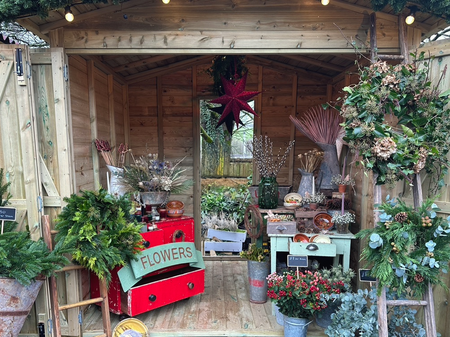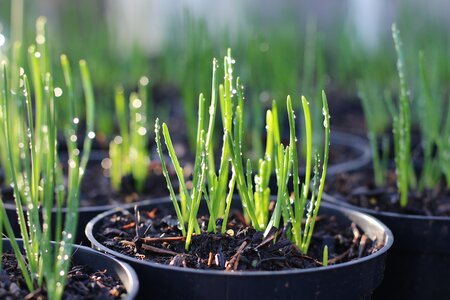
It’s the start of a new year, and before you know it, spring will be upon us. January and February may be quieter times for gardeners, but they also offer the opportunity to get ahead and prepare your outdoor space for the warmer months to come. So if you want to prepare your garden now and reap the rewards in the spring and summer months, look no further. Here are our top tips for getting your garden ready for the year ahead.
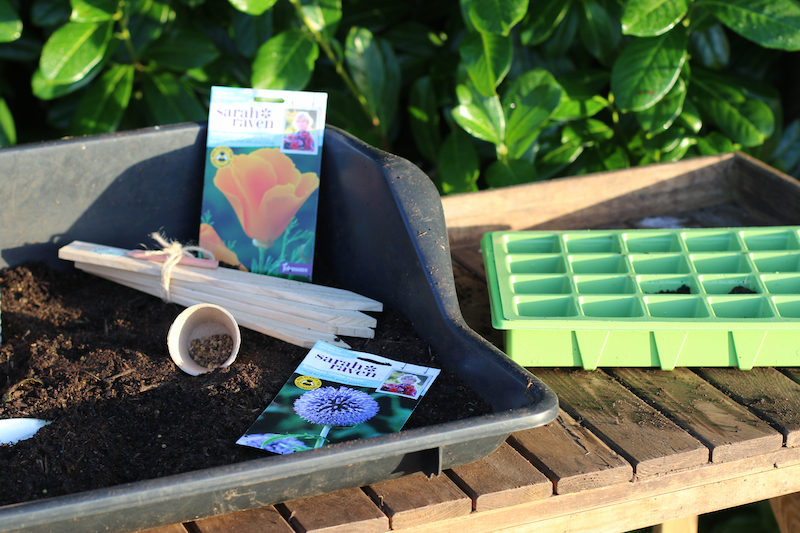
Order Spring and Summer Flowering Seeds and Bulbs
The perfect way to beat the winter blues is to start choosing the seeds and bulbs you want to plant in the spring and summer. It doesn’t matter if you’re stuck inside because it’s wet and windy outside; you can browse and buy flower seeds online through the Beetham Nurseries website. Ordering your seeds and bulbs now will put you in a good position for timely planting come spring and summer. If you’d like any advice on which seeds and bulbs will work well in your outdoor space, pop down to our Garden Centre near Kendal and speak to our experts.
Tidy Up Beds and Borders
It’s a good idea to brave the cold and have a good old tidy up of your whole garden at the start of the year, paying particular attention to the flower beds and borders. Start by removing fallen leaves and debris, cut back dead plant growth if you find it unsightly – however, if you can stand having dead plants in your garden a while longer, local wildlife will appreciate it left until early spring.
Once you’ve got your borders and beds back to bare soil, work in approximately 5cm of organic matter such as manure, compost or green waste to ensure nutrient-rich soil for the year ahead.
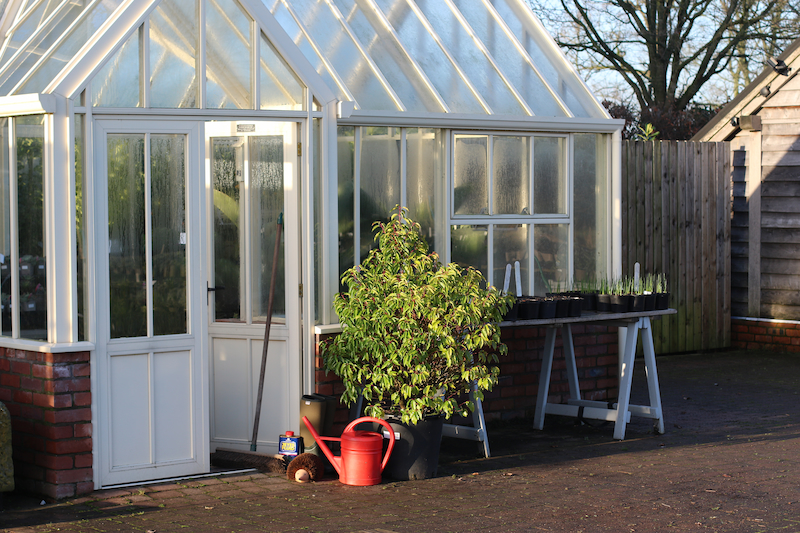
Clean Out Your Greenhouse
Winter is the perfect opportunity to give your greenhouse (if you have one) a thorough clean. First, use a disinfectant to remove dirt, grime, moss and algae from the exterior. This will allow more light through and reduce the threat of pests. Next, disinfect the internal walls, getting into all the nooks and crannies where pests and diseases can survive.
Sweep out any debris from the greenhouse floor and benches, and give your pots and seed trays a was to prevent disease from spreading to your new plants. Take some time to inspect the greenhouse for structural damage and replace and broken parts.
Pest Awareness and Removal
Inspect your perennials for slugs, snails and aphids and remove or treat with your chosen method. Aphids can be a real problem in the cold months - particularly if you’re growing vegetables. Their natural predators disappear, leaving them free to wreak havoc on your plants.
Moles are also a common cold season critter to look out for – although whether you choose to do anything about them is up to you. If you have a large lawn area, molehills can be rather frustrating, but they aren’t actually bad for your garden. They eat worms, aerate your soil and provide free fertiliser, so if you can stand looking at their molehills, it may be just as well to leave them be. If you really want to deter moles, try pouring coffee grounds into their burrows to keep them away as they won’t like the smell.
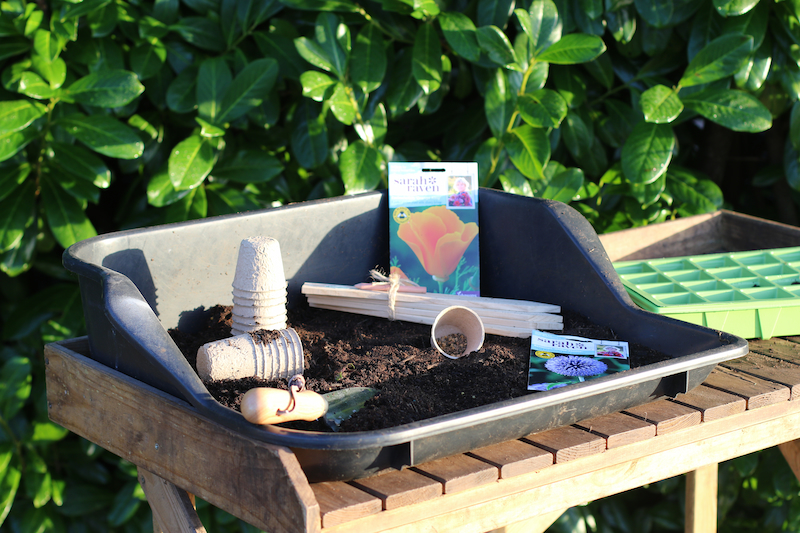
Sow Long Season Seeds
Winter is a great time to start sowing long season seeds in seed trays – this includes things like geraniums, antirrhinums, strawberries and aubergines. Seeds sown in the cooler months will need to be started in a heated propagator to encourage good growth.
Collect Rainwater
These wet weather months are the perfect time to harvest rainwater in a water butt. Using rainwater is essential for eco-friendly gardening, particularly when the hotter months come around and demand for water increases. Rainfall is the preferred water of choice for plants, and they will thank you for using it over tap water, which can be slightly alkaline.
If you’ve not yet got a water butt and are looking to invest in one, make sure to position it under a downpipe to ensure a good yield from the rainwater that runs off your roof.
Fence, Gate and Trellis Maintenance
Inspect your garden fences, gates and trellis for damage, wear and tear. Now is the perfect time to repair, mend or replace anything that needs attention. Doing these maintenance jobs now will afford you more time to focus on your plants in the spring. You can also take this opportunity to clean all of the above and patios, paths and paving with a power washer to remove built-up grime, moss and mildew.
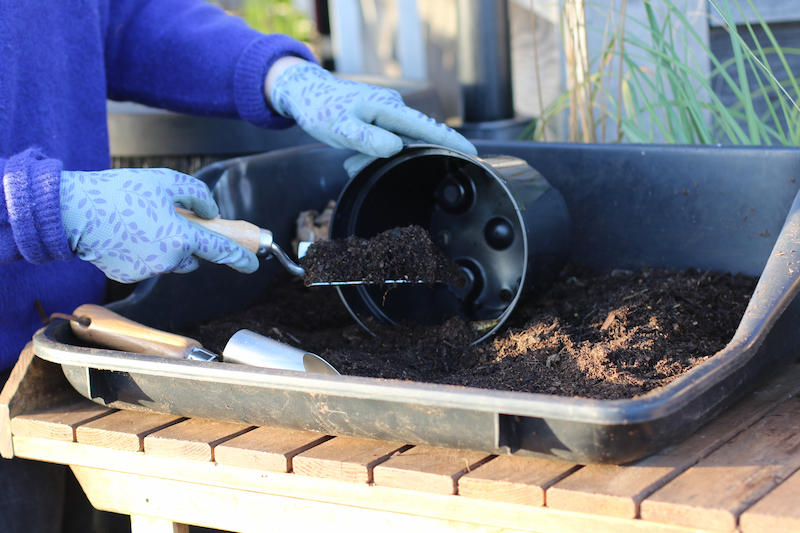
Move Shrubs
If you get a windless, dry day in winter, you can seize the chance to move any deciduous shrubs you’ve been looking to relocate. January and February are the perfect time to do this because the shrubs are still dormant. Give the shrub a wide berth when uprooting and try to preserve as much of the root ball as possible.
If you’d like more specific information about what you should be doing for your garden each month, have a read of our garden tips. The team at Beetham Nurseries are busy preparing for spring, and we can’t wait to reopen the Growing Nursery in March.
Our main garden centre is still open for all your gardening supplies, seeds, bulbs and everything in between, and of course, you can order many items online through our website. Contact us today if you need any more information about our plants, garden centre or what will be open when you plan your trip.



